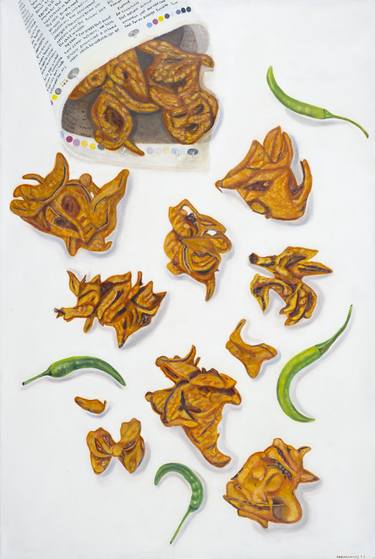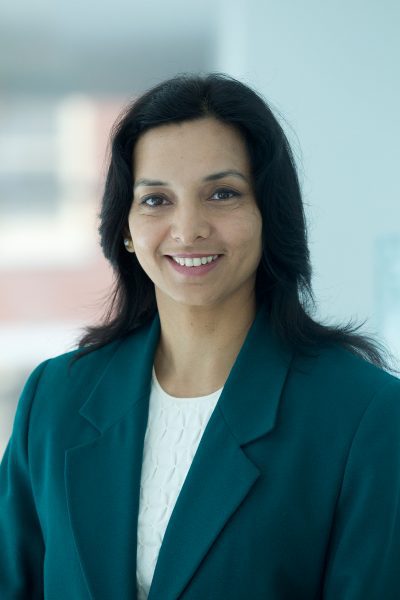(November 28, 2023) As businesses folded during the pandemic, Tushar Agarwal, the 36-year-old Managing Director of Shiv Narayan Jewellers Pvt. Ltd, got down to some serious business. The optimist that he is, Tushar began devising ways to improve his craft, which in turn would take his jewellery business to newer heights.
When the world opened up, Tushar led his team into creating the most unique master pieces of jewellery on the planet. They fetched him not one or two, but eight Guinness World Records titles, making him the first Indian jeweller in history to accomplish such a feat.
“I have always been fascinated by precious stones, their colours and brilliance. The Guinness World Record titles are a huge advancement for the entire industry,” smiles Tushar, who Hyderabad’s top legacy jeweller, in conversation with Global Indian.
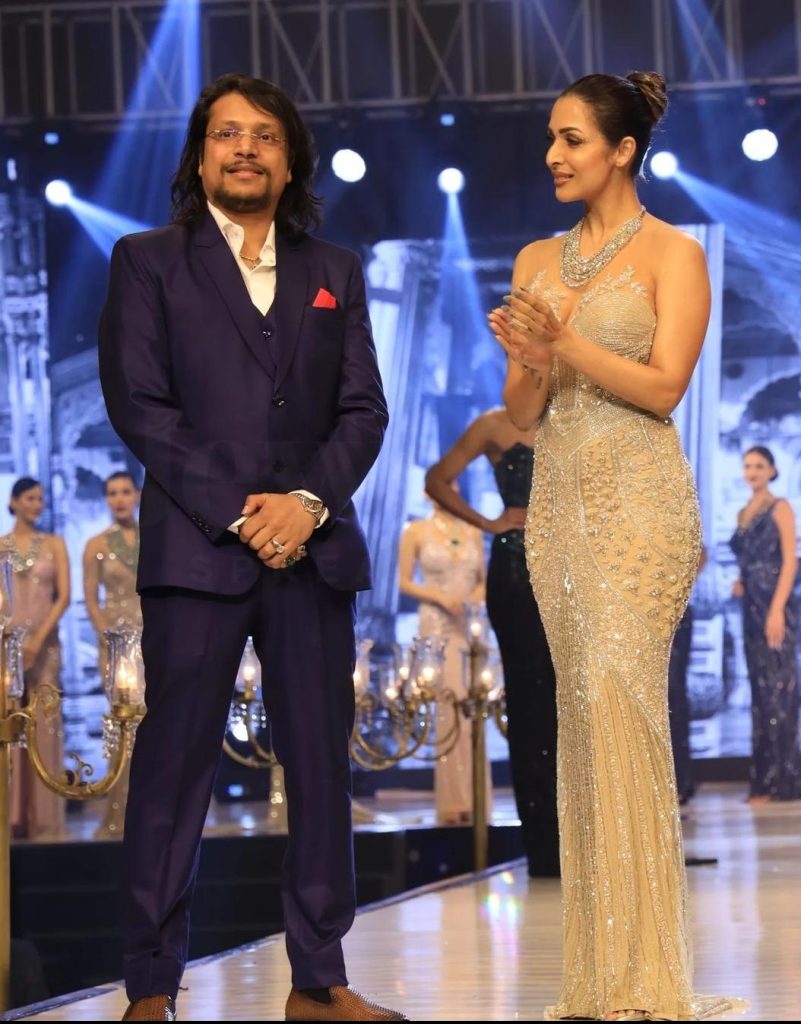
Tushar Agarwal, Managing Director, Shiv Narayan Jewellers, with Malaika Arora Khan
Glittering around the world
Over the last couple of years, Tushar has held glittery exhibits of his exclusive collection in Dubai, Hong Kong and Bahrain, which attracted the crème de la crème from across the world.
His recent exclusive soirée was held at Wallace Collection in London, hosted by billionaire and philanthropist Sudha Reddy. “A host of designers showcased their work at the exhibit,” says Tushar, who showcased pieces made of green emerald and other aurum wonders.
Among those who were present at the preview of Shiv Narayan’s exquisite pieces were Joseph Muscat, former Prime Minister of Malta, Councillor Schmetterling, who is the Deputy Mayor of Kensington and Chelsea boroughs, Princess Katarina de Silva, and Princess Corinna Sayn Wittgenstein, among a host of other celebrities.
“The event championed the spirit of cross-border collaborations and bridge the divide between the splendour of Indian heritage and its global accessibility,” says the 36-year-old.
View this post on Instagram
The Guinness records
While each of the four masterpieces speaks for itself, the ‘Satlada’ necklace, a seven-layer necklace stands out. “It has 315 emeralds and 1,971 fine diamonds. It holds the record for most emeralds set on a necklace and most diamonds on a necklace,” says Tushar, who worked round-the-clock with his team to design the jewellery, setting new benchmarks and inspiring the entire jewellery industry. The sourcing of the gemstones for this necklace alone took two and a half years. “Crafting for this piece took us close to six months,” he explains.
Next is the awe-inspiring ‘Ganesha Pendant’, which achieved the Guinness World Records title for The Heaviest Pendant and The Most Diamonds Set On A Pendant. The handcrafted jewel weighs 1011.150 grams and took six and a half months to create.
The ‘Ram Darbar’, which achieved the record for The Heaviest Pendant and The Most Diamonds Set On A Pendant. It took eight and a half months to create. “It has 54,666 diamonds and weighs 1681.820 grams. This piece has diamonds inscribing Lord Ram’s name on the back,” explains Tushar.
Another piece of exquisite craftsmanship is the magnifying glass, which now holds the record for The Most Expensive Magnifying Glass. It holds an impressive value of $108,346. “Sheer dedication and utmost attention is what we have invested in each of these resplendent creations,” says Tushar, whose jewellery house has solidified their position at the top in the gem and jewellery industry by achieving Guinness records.
“We hope to continue to pioneer innovation in the industry and reach new heights,” assures Tushar, who has already got down to creating more masterpieces in the near future. In fact, he has trained his team to push the boundaries and redefine what is possible in the realm of jewellery design.
View this post on Instagram
Like father, like son
A third-generation entrepreneur, Tushar joined the family business when he was just 11. After all, he was born in a family of jewellers. “I would come home and sit with my father and watch him sort out the stones. It fascinated me,” recalls Tushar, who completed his degree in Commerce from St. Francis Xavier’s College.
Since then, he has developed a deep understanding of the craft. “I gained knowledge and experience that I could not have gotten only through books,” he says. For this, he credits his father Kamal Kishore Agarwal, for teaching him everything there is to know about the jewellery business. “From the crafting process to being able to identify good designs, he is the reason behind my creations,” smiles the businessman. The family business goes back to Seth Sri Shiv Narayan, who was the head jeweller to the last Nizam of Hyderabad Mir Osman Ali Khan. “He crafted many masterpieces for the Nizam, many of which went into his personal collection,” says Tushar.
The young scion has taken on the mantle and his vision has been to take Shiv Narayan Jewellers Pvt Ltd to the international stage. In the past few years, many celebrities have adorned Tushar’s precious creations including Mallaika Arora, Neha Dupia and most recently Disha Patani. “We cater to clients across the world,” he says.
Recently, Tushar unveiled another masterpiece — a handcrafted idol consisting 75,000 diamonds making up a total 500 carats. “The depiction of Lord Vishnu in the Yoga Nidra position, with his hands resting on a Jyotirlinga represents Lord Shiva, and Lord Brahma seated atop a lotus that emerges from Vishnu’s navel, is a sublime representation of ancient Indian scriptures,” he says.
View this post on Instagram
Future of the jewellery business
Lab-grown diamonds have been on the rise and India, which dominates the global natural diamond market, is pushing for a greater market share of the ‘green’ variety too. Since they’re more affordable, they do tend to be popular among the young. “Their popularity stems from their affordability and likeness to real diamonds but for any true jewellery enthusiast, it’ll never be enough,” Tushar insists.
He says the shine of a diamond is simply unique, especially once you know how it came to be. “For this very reason, we don’t deal in lab-grown diamonds. We only use real, natural diamonds in our jewels handcrafted with precision.”
Tushar and team specialise in gemstone jewellery. “Each of our designs are unique, luxury pieces that carry our legacy, our heritage and history,” he says.
While his work takes up most his time, – Tushar often works until the wee hours with his team of artisans – he likes to unwind by watching movies. “I am a big movie buff and I like to watch anything that is entertaining,” says Tushar, who otherwise loves to listen to music.
- Follow Shiv Narayan Jewellers Pvt Ltd on Instagram



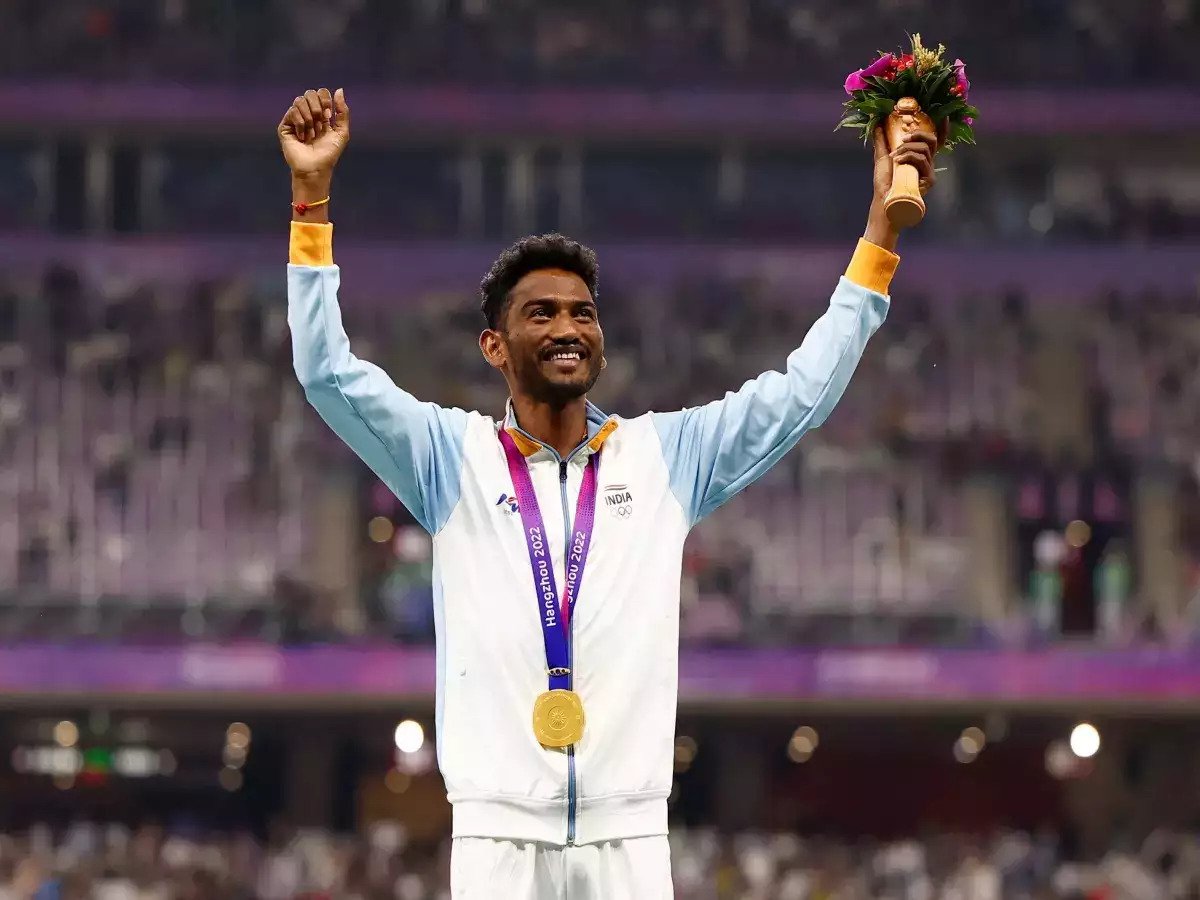 Avinash Sable won a gold at the Asian Games 2023[/caption]
Avinash Sable won a gold at the Asian Games 2023[/caption]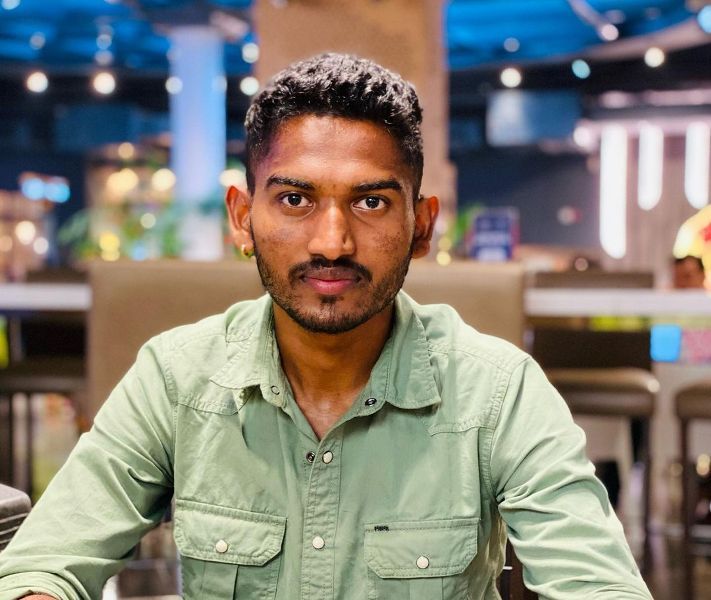
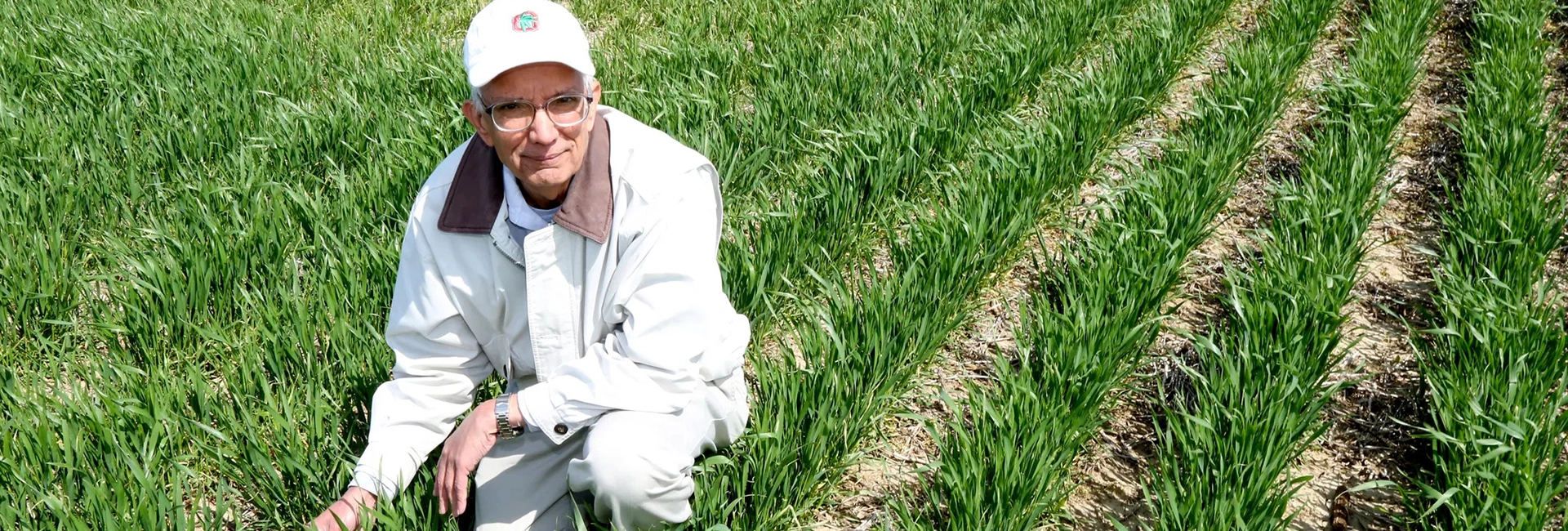
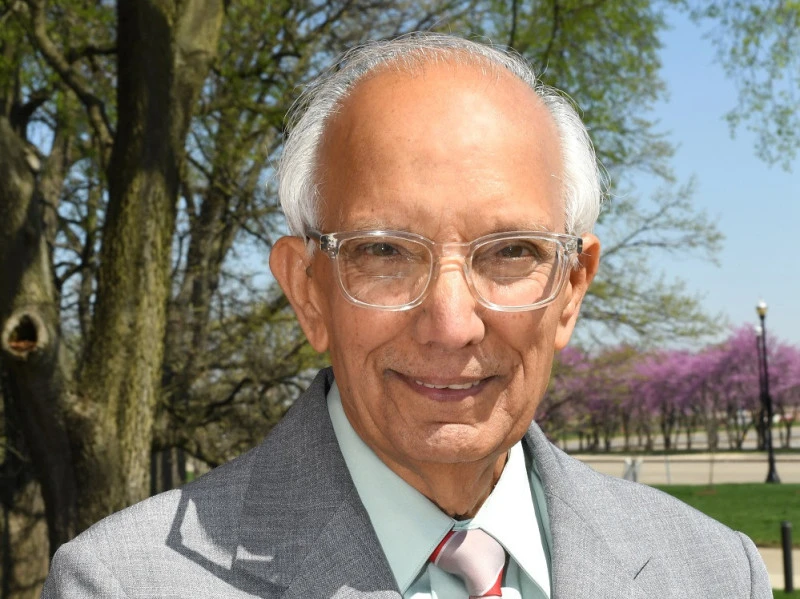 Dr Rattan Lal[/caption]
Dr Rattan Lal[/caption]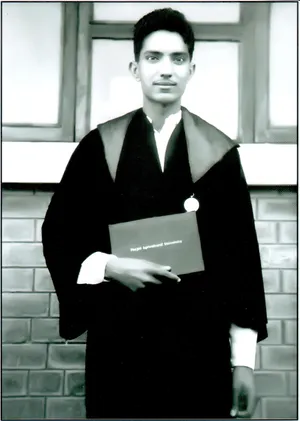 Dr Rattan Lal during his days as a student[/caption]
Dr Rattan Lal during his days as a student[/caption]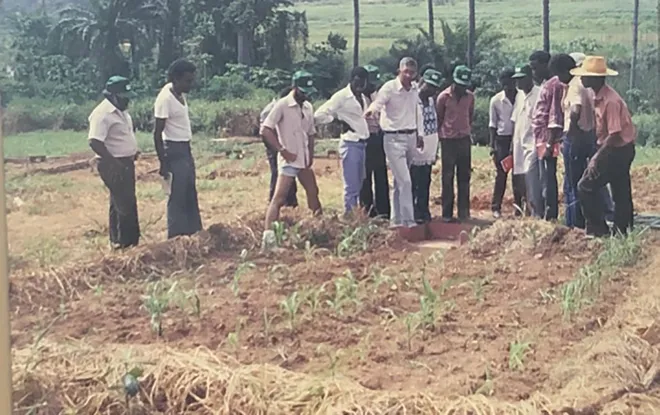 Dr Rattan Lal with farmers at a research site in Nigeria[/caption]
Dr Rattan Lal with farmers at a research site in Nigeria[/caption]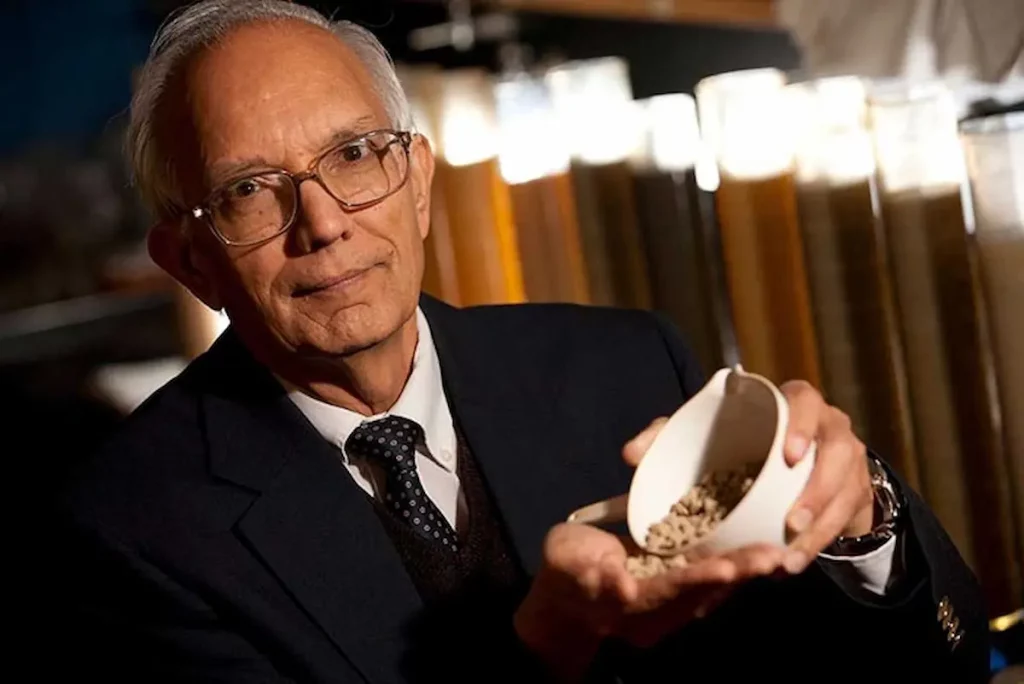 Dr Rattan Lal is considered the godfather of soil science[/caption]
Dr Rattan Lal is considered the godfather of soil science[/caption]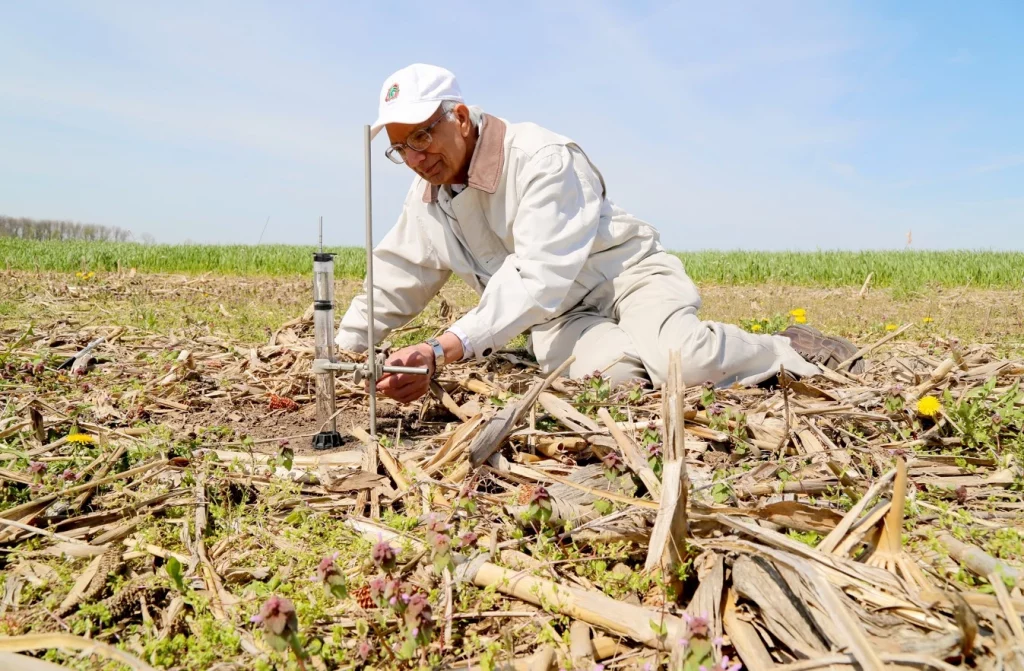 Dr Rattan Lal at field work in Ohio[/caption]
Dr Rattan Lal at field work in Ohio[/caption]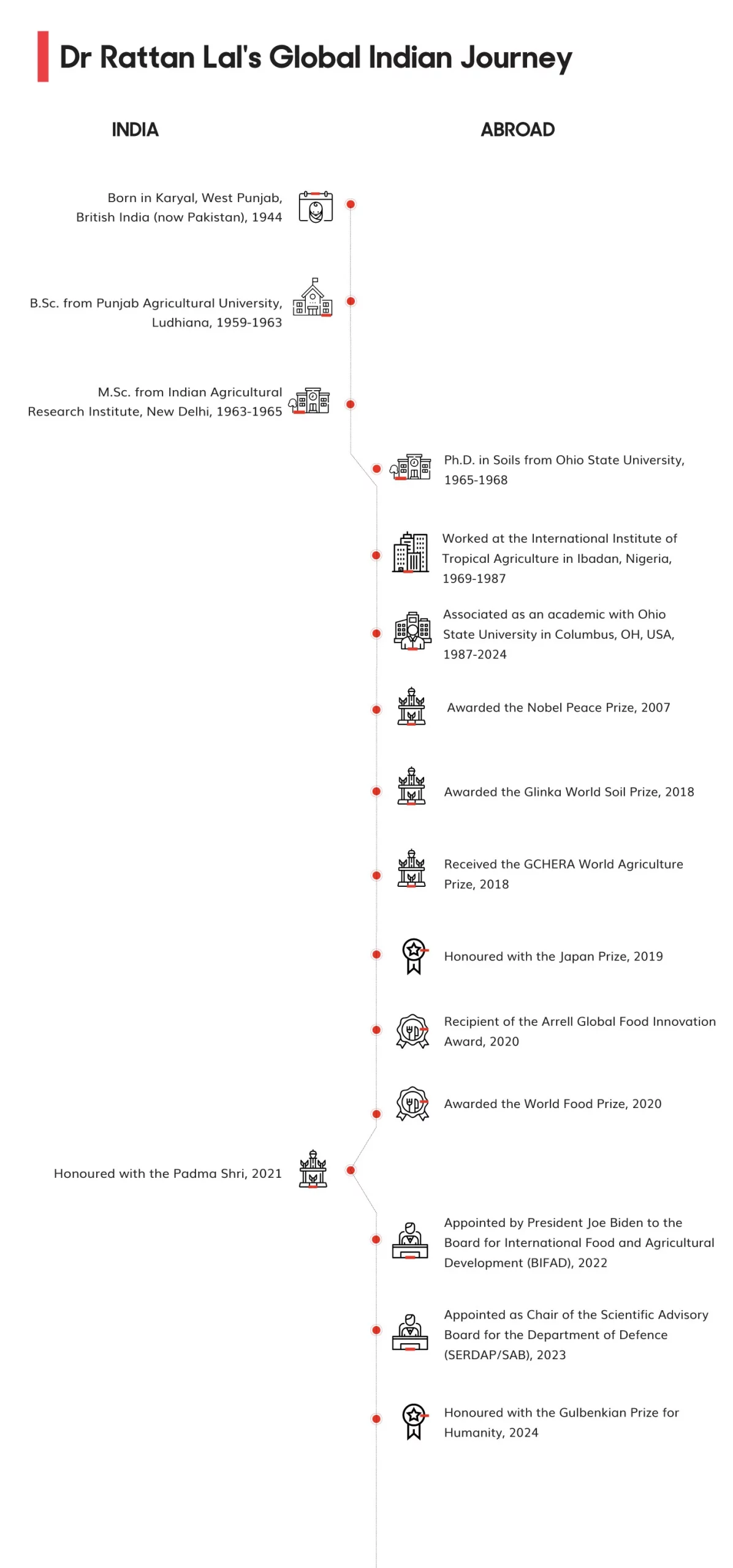
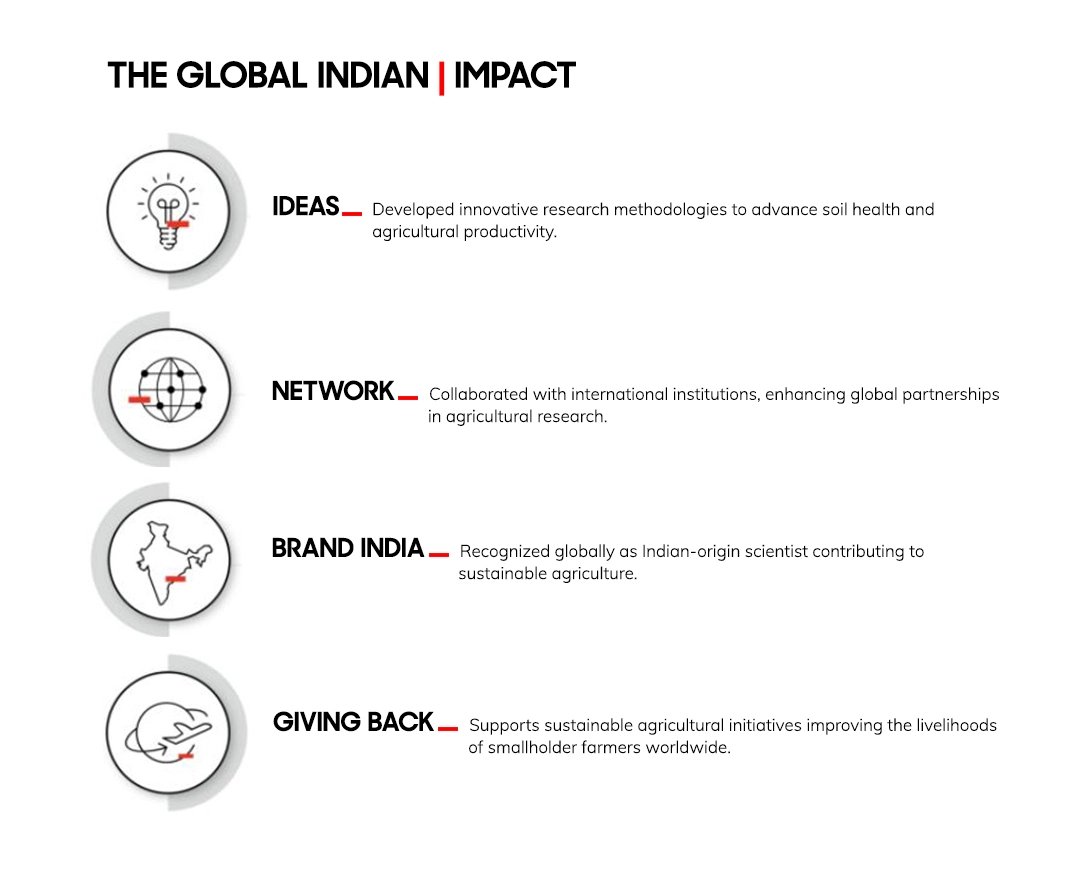
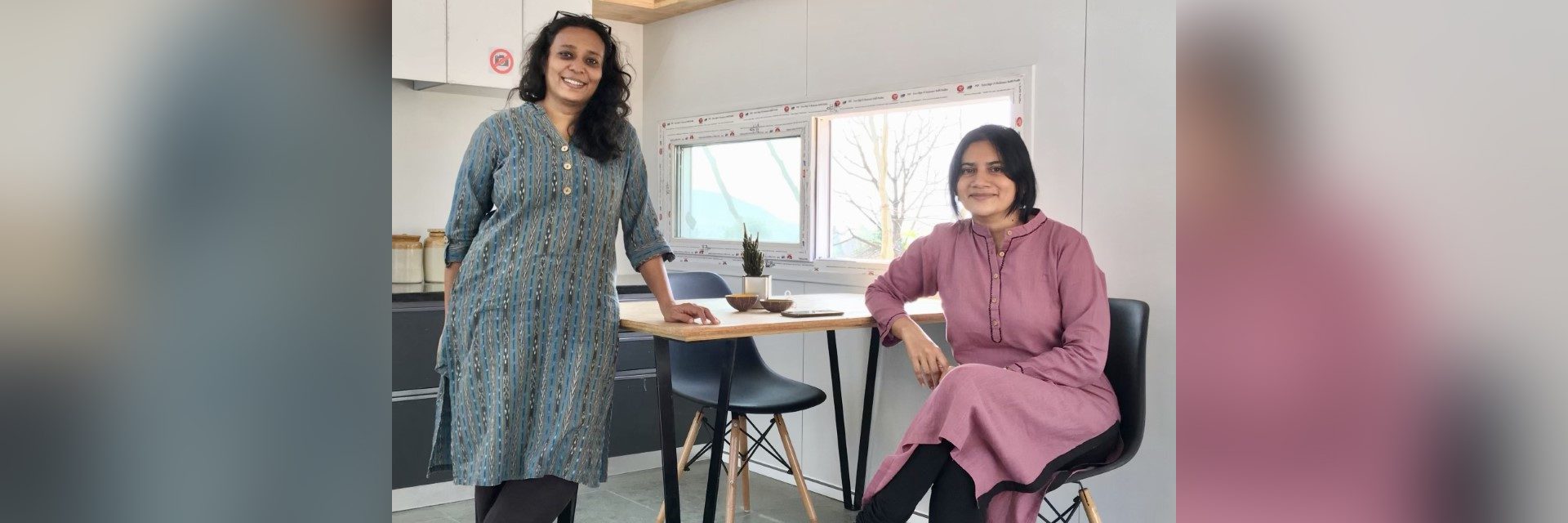
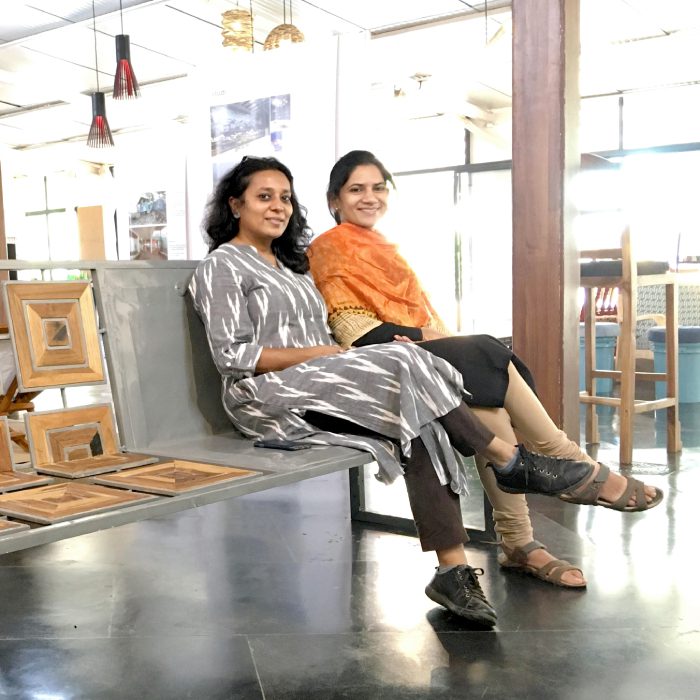 Dhara Kabaria (L) and Sonali Phadke (R)[/caption]
Dhara Kabaria (L) and Sonali Phadke (R)[/caption]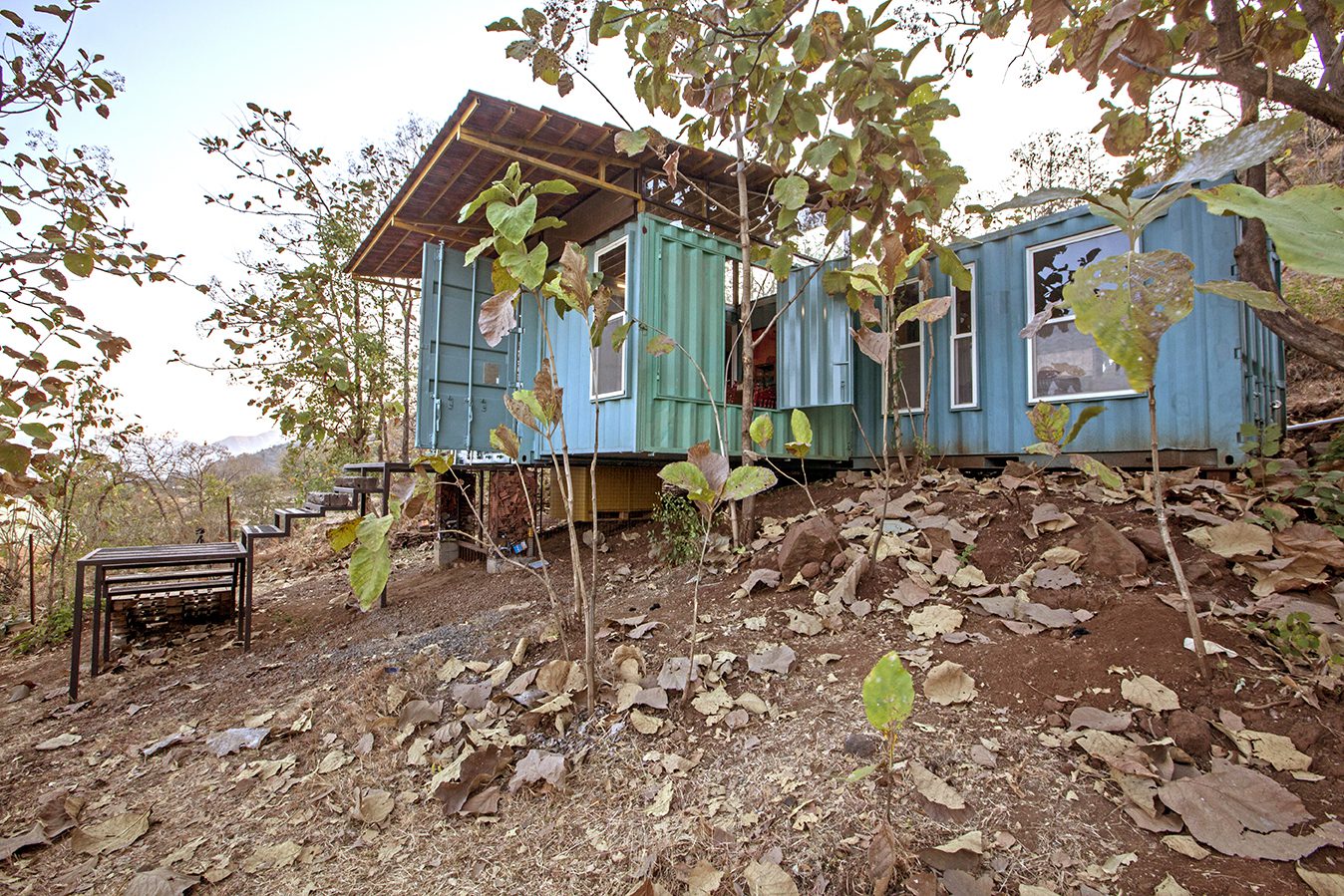
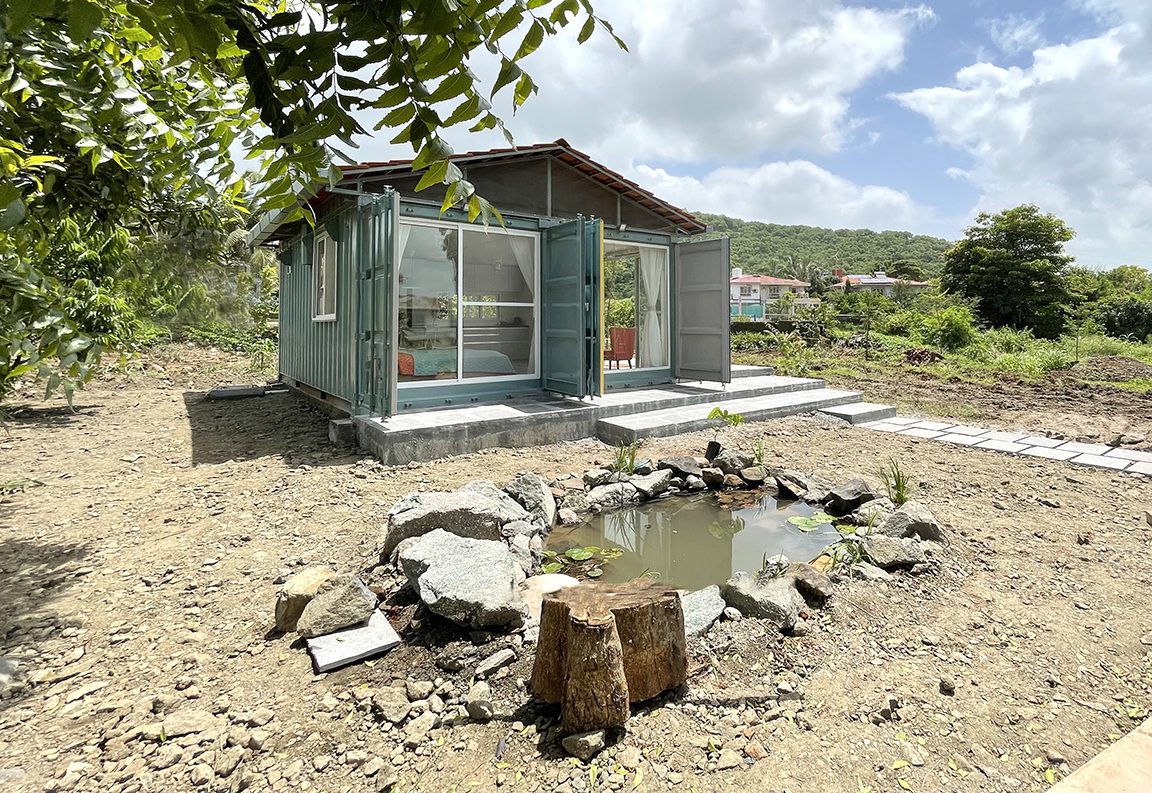 A home made from shipping containers[/caption]
A home made from shipping containers[/caption] The interior of a home made from shipping container[/caption]
The interior of a home made from shipping container[/caption]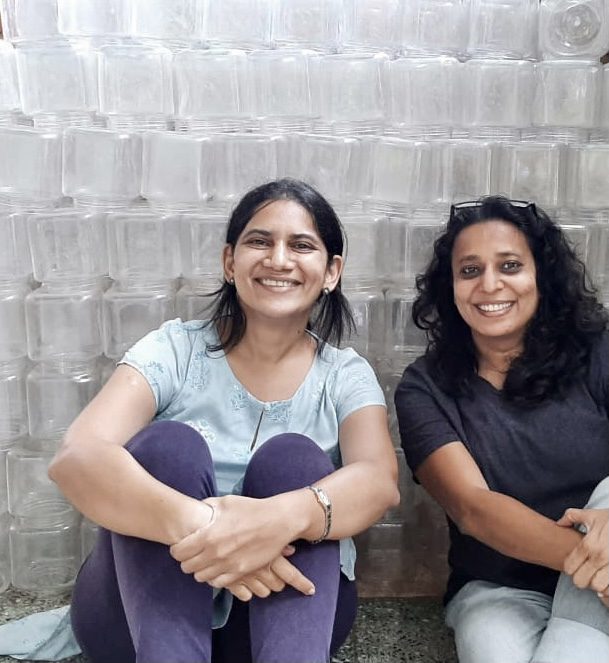 Sonali Phadke (L) and Dhara Kabaria (R)[/caption]
Sonali Phadke (L) and Dhara Kabaria (R)[/caption]
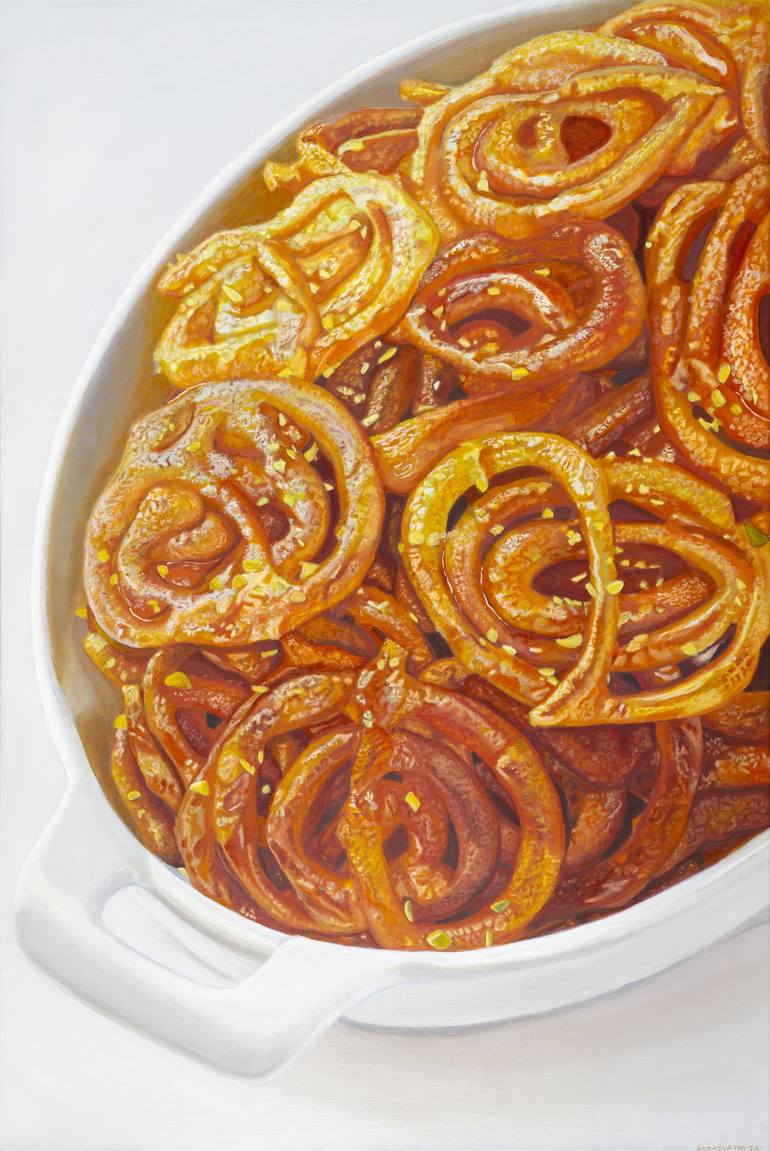 Jalebi Painting by artist TK Sarasvathy.[/caption]
Jalebi Painting by artist TK Sarasvathy.[/caption]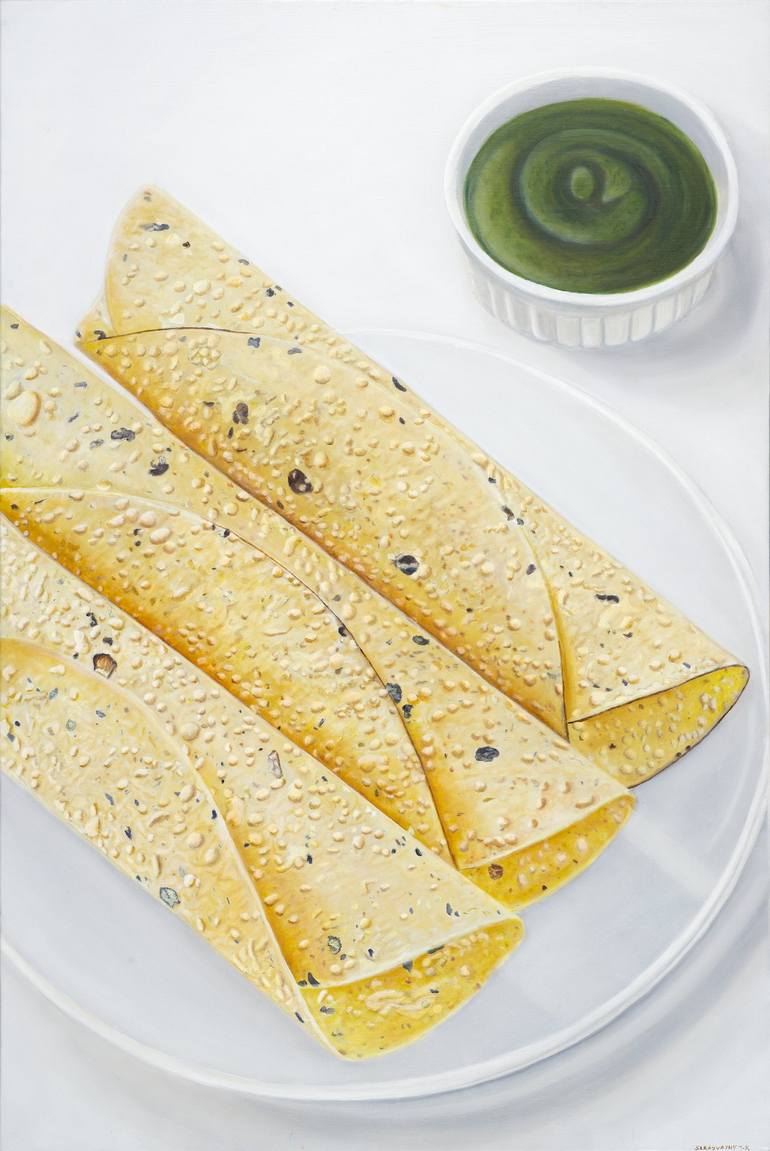 Papad painting by Artist TK Sarasvathy.[/caption]
Papad painting by Artist TK Sarasvathy.[/caption]